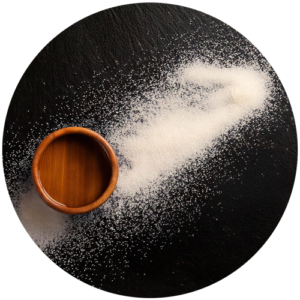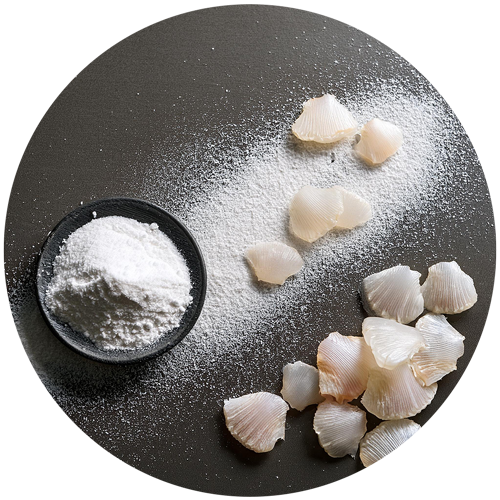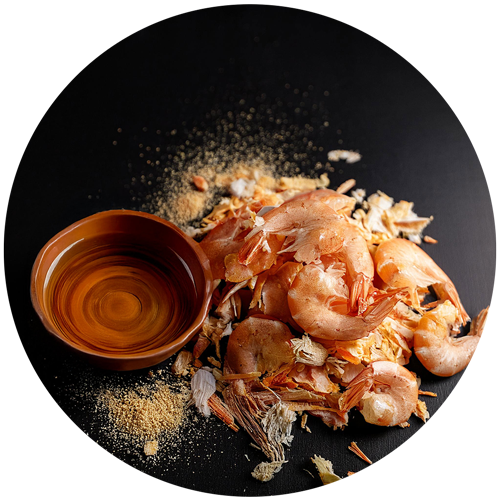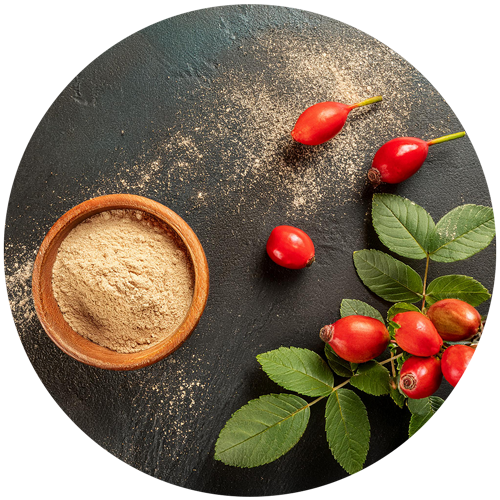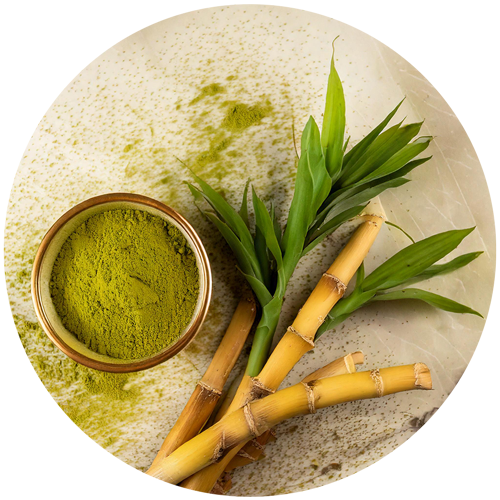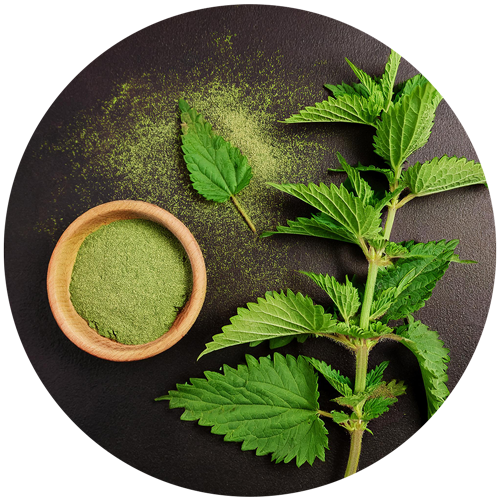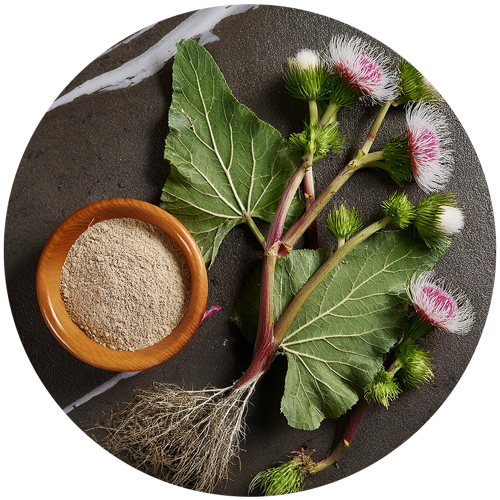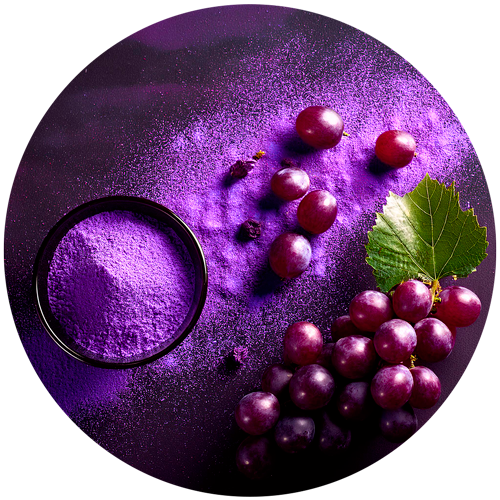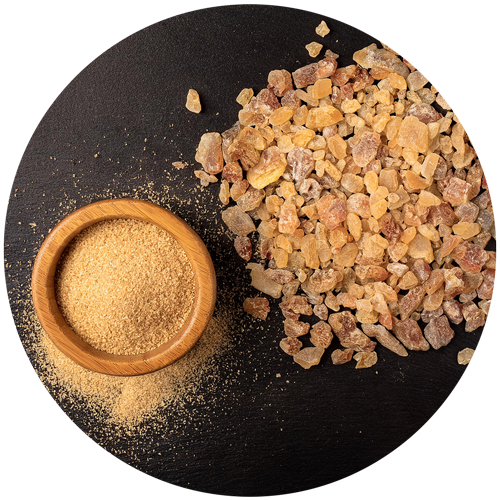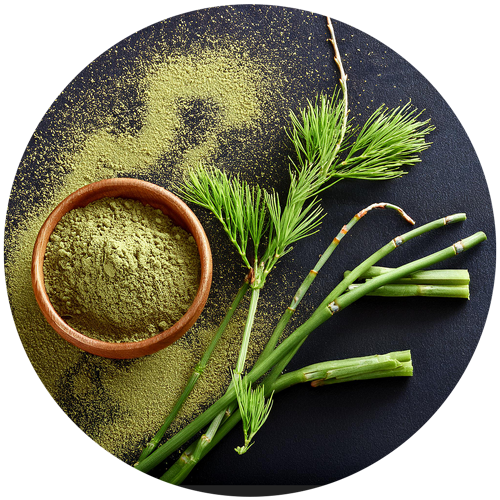Asia
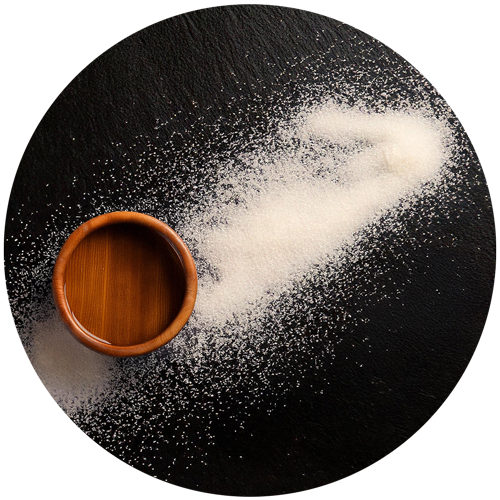

COLLAGEN
 Joints
Joints  Beauty
Beauty Collagen is a structural protein found in the human body. Its role is to maintain the mechanical, organizational and formative properties of body tissues such as bone, cartilage and skin. However, with age, the body produces less and less collagen. This is why marine collagen peptides, derived from the processing of fish skin, are widely used to improve skin and joint health.
Regulations
and analysis
No data on traditional use
Association ideas by health axis
Select one or more axes:
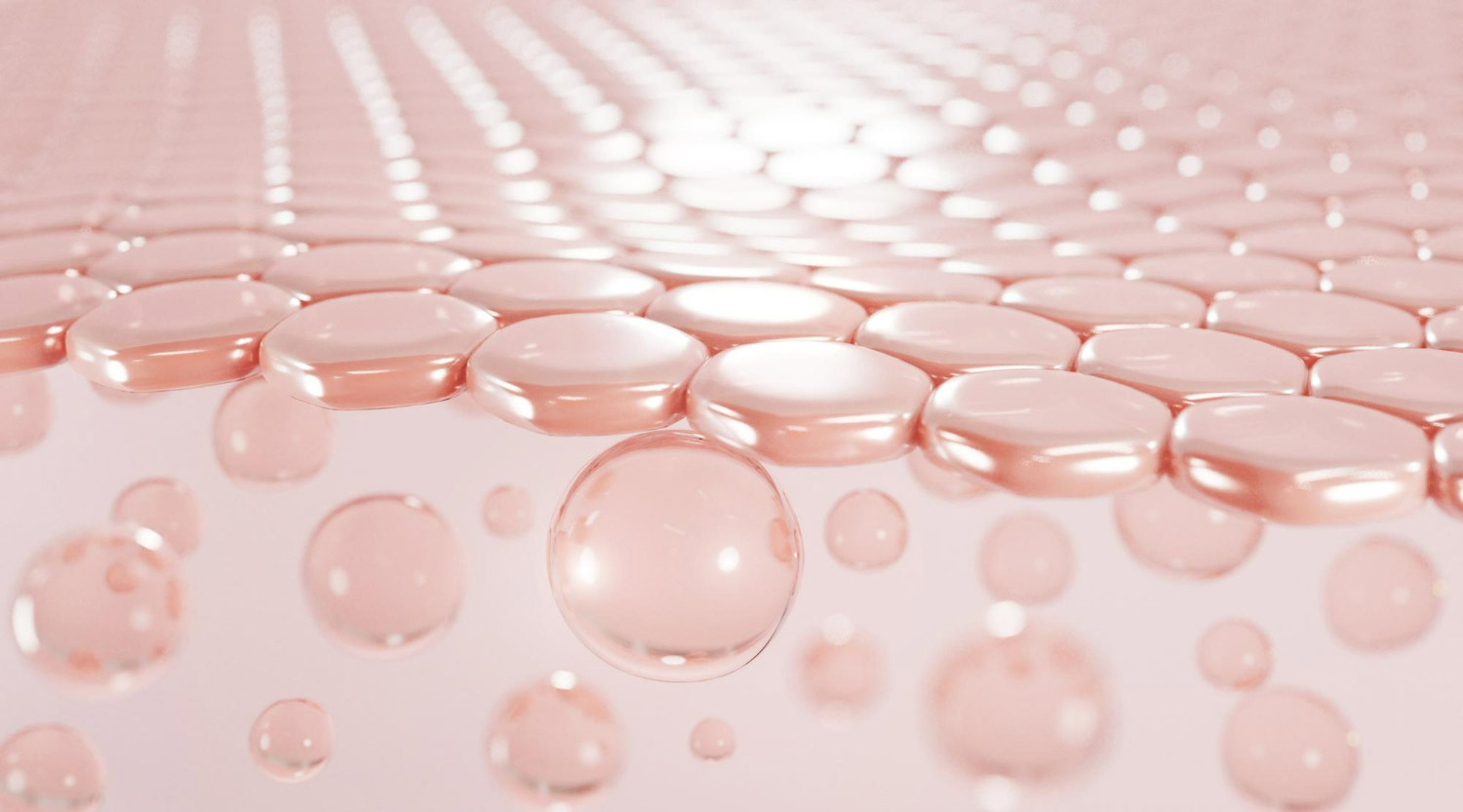
Detailed description
Collagen is a structural protein found in the human body. It is the most abundant protein, accounting for a third of total protein in mammals. It can be found in bones, cartilage, tendons, ligaments, hair, skin and muscles. Its role is to maintain the mechanical, organizational and formative properties of the body’s tissues.
Collagen is characterized by a high concentration of three amino acids: glycine, proline and hydroxyproline, which create its triple-helix structure. There are different types of collagen, including types I, II and III, which account for almost 90% of body collagen. Type I is the most abundant in the skin. Type II predominates in the formation of the extracellular matrix of articular cartilage.
With age, the body produces less collagen. This phenomenon can be influenced by intrinsic factors, such as genetics, or extrinsic factors, such as nutrition, exposure to sunlight, infrared radiation, visible light, air pollution and intense physical activity.
Our marine collagen is obtained by processing and transforming Pangasius fish skin. We go through an enzymatic hydrolysis process that breaks down the collagen into bioactive peptides to facilitate absorption in the digestive tract before entering the bloodstream.
Collagen is considered a nutraceutical. It is widely used as an ingredient or supplement in the food, pharmaceutical and cosmetics industries, to improve skin and joint health.
